The Intersection of Innovation: Mechatronics Systems Powering Next-Gen Drones
Introduction
The progression of technology has always been interwoven with the rise of innovative systems that harness and amalgamate various fields. Among these, mechatronics stands out as a hybrid discipline that integrates mechanics, electronics, computer science, and control engineering. In recent years, the emergence of drone technology has cascaded into multiple sectors, driven by advancements in mechatronics. This article delves into how mechatronics systems are catalyzing the evolution of next-generation drones, addressing their underlying technologies, applications, and future implications.
Understanding Mechatronics
Definition and Key Components
Mechatronics is a multidisciplinary field that designs and creates smart mechanical systems. It encapsulates several domains, including:
- Mechanical Engineering: Designs the physical structure and mechanics of systems.
- Electronics Engineering: Integrates sensors, circuits, and communication components.
- Control Engineering: Focuses on algorithms and systems that manage the behavior of devices.
- Computer Science: Provides the software interface and integrates all components into a cohesive unit.
Historical Background
The roots of mechatronics can be traced back to the late 1960s. The term was coined in Japan, representing a convergence of mechanical and electronic technologies. Early applications was seen in automated manufacturing systems, eventually expanding into various domains such as robotics, automotive systems, and consumer electronics.
Drones: An Overview
What Are Drones?
Drones, or Unmanned Aerial Vehicles (UAVs), are aircraft that operate without a human pilot onboard. They can be remotely controlled or can autonomously navigate through pre-defined flight paths. Drones have gained widespread attention in both recreational and commercial sectors, demonstrating versatility in applications ranging from photography to agricultural monitoring and search and rescue operations.
Types of Drones
-
Fixed-Wing Drones: These drones have a design similar to traditional airplanes and are suited for long-range flights.
-
Rotary-Wing Drones: Commonly known as quadcopters, these drones have multiple rotors and excel at vertical takeoff and landing (VTOL) operations.
-
Hybrid Drones: Combining elements of both fixed and rotary-wing designs, hybrid drones offer flexibility in operating conditions.
The Role of Mechatronics in Drone Technology
Propulsion Systems
The flight capabilities of drones hinge on advanced propulsion systems that utilize mechatronic principles. These systems typically consist of:
-
Brushless DC Motors: Providing efficient and high-thrust capabilities, these motors are integral to the rotor configurations in rotary-wing drones.
-
Battery Management Systems: Integrating electronics and control systems, these ensure optimal performance and longevity of power sources.
Control Systems
The stability and agility exhibited by modern drones can be attributed to sophisticated control systems designed through mechatronic integration:
-
PID Controllers: Proportional-Integral-Derivative controllers help maintain stable flight by adjusting motor speeds in real-time based on sensor feedback.
-
Inertial Measurement Units (IMUs): Using accelerometers and gyroscopes, IMUs provide vital information regarding orientation and movement, integral to flight stabilization.
Navigation and Communication
Tomorrow’s drones are packed with advanced navigation systems that rely heavily on mechatronic components:
-
Global Positioning System (GPS): Essential for location tracking and waypoint navigation, GPS modules are integrated into drone systems for precise dirigibility.
-
Communication Modules: Utilizing RF technology and sometimes LTE/5G, drones can relay data in real-time to operators and other systems.
Applications of Next-Gen Drones
Drone technology powered by mechatronics transcends traditional boundaries, finding applications across diverse sectors:
Agriculture
In modern agriculture, drones equipped with multi-spectral cameras and sensors empower farmers to monitor crop health, assess soil conditions, and manage resources effectively. The integration of mechatronics allows for automated flight patterns and precise data collection.
Surveillance and Security
Drones provide a bird’s-eye view in surveillance operations. Their ability to maneuver autonomously through predefined routes, coupled with high-resolution cameras, gives law enforcement a significant edge in monitoring and securing large areas.
Delivery Services
The logistics industry has begun to adopt drone technology for package delivery. Mechatronic systems facilitate navigation, obstacle avoidance, and payload management, leading to a potential paradigm shift in how goods are transported.
Disaster Response
In emergency scenarios, drones can quickly assess damage, locate victims, and deliver supplies. Mechatronic advancements enable drones to operate in challenging conditions, enhancing their reliability for first responders.
Challenges in Mechatronics and Drone Technology
Despite progress, challenges remain that hinder the broader acceptance and application of mechatronic systems in drones:
Regulatory Challenges
The regulatory landscape varies significantly across regions. Striking a balance between innovation and regulatory compliance is essential to harnessing the full potential of drone technology.
Technological Constraints
While advances in battery life and flight autonomy are underway, limitations still exist. The quest for longer flight durations and improved payload capacities continues to challenge developers.
Safety Concerns
With the increasing use of drones in populated areas, concerns regarding safety and privacy need to be addressed through comprehensive systems and protocols that ensure responsible operation.
The Future of Mechatronics in Drone Technology
Emerging Technologies
The future presents enormous opportunities for further integration of mechatronics with emerging technologies:
-
Artificial Intelligence (AI): Incorporating AI algorithms can improve decision-making abilities and autonomous flight capabilities of drones.
-
Internet of Things (IoT): As drones become connected devices, they can share data with other systems in real-time, facilitating advanced functionalities.
-
Advanced Materials: The use of lightweight, durable materials can enhance drone efficiency, extending their range and capabilities.
Societal Implications
The impact of drones—backed by mechatronic technologies—extends into various societal sectors. The promise of increased accessibility in logistics, better efficiency in agriculture, and enhanced safety in surveillance raises questions about ethics, privacy, and societal acceptance.
Conclusion
The intersection of mechatronics and drone technology heralds a new era of innovation, characterized by unmatched efficiency, versatility, and adaptability. As this multidisciplinary field continues to evolve, the integration of advanced systems and technologies will unlock novel applications and pave the way for a future where drones are ubiquitous in everyday life.
Ultimately, the ongoing developments in mechatronics systems and their application to next-gen drones will reshape various industries and redefine how society interacts with aerial technology. By fostering a collaborative environment among engineers, policymakers, and communities, the full potential of this technology can be realized, ensuring that the benefits are widely shared and responsibly managed.
References
- [Modern_footnote_source]



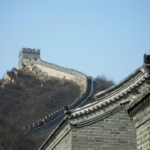











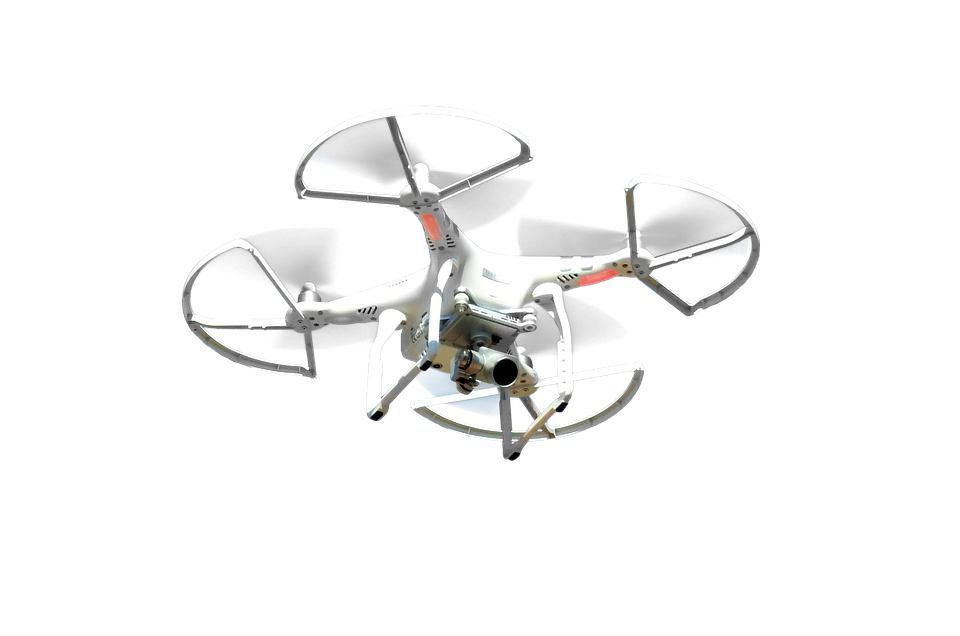

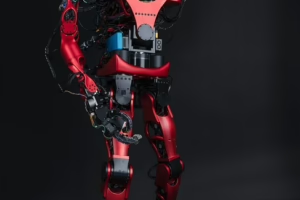
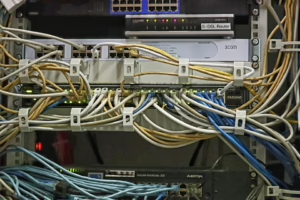

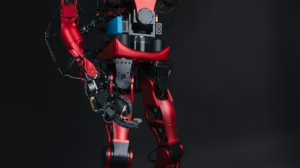
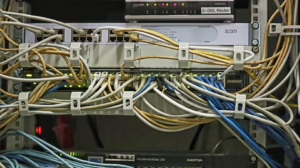




Add Comment